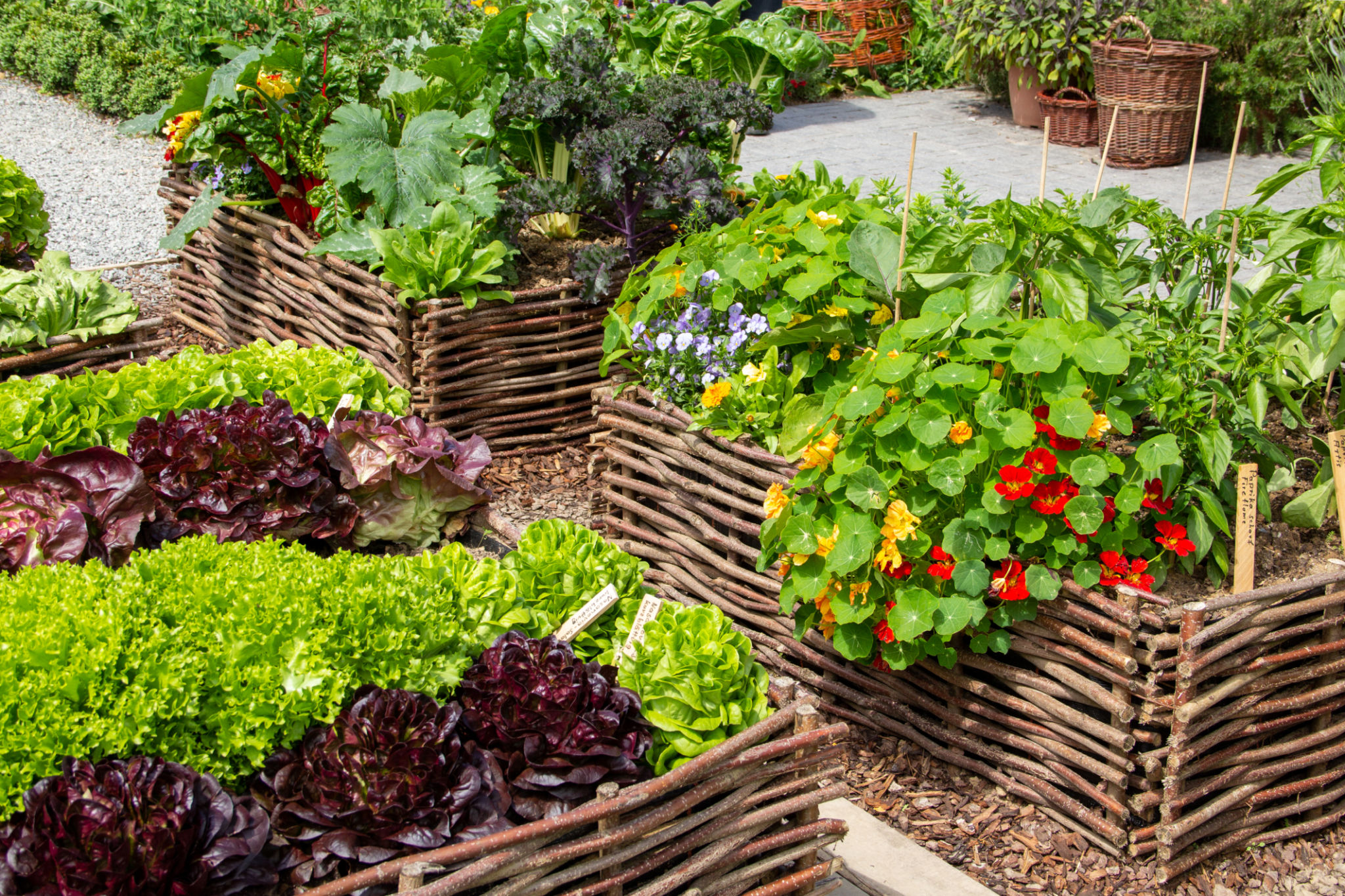Comparing Traditional and Edible Gardens: Which is Right for You?
Understanding Traditional Gardens
Traditional gardens, often referred to as ornamental gardens, are primarily designed for aesthetic appeal. They typically feature a variety of plants, including flowers, shrubs, and trees, arranged to create a visually pleasing landscape. These gardens can range from simple flower beds to complex designs with water features, pathways, and decorative elements.
One of the main advantages of traditional gardens is their ability to enhance the beauty and value of a property. They provide a serene environment for relaxation and can be customized to reflect personal tastes and preferences. However, traditional gardens require regular maintenance, such as pruning, weeding, and watering, to keep them looking their best.

Exploring Edible Gardens
Edible gardens focus on growing plants that can be consumed. Unlike traditional gardens, these are designed not only for beauty but also for practicality. Edible gardens can include a variety of fruits, vegetables, herbs, and even edible flowers. They offer the dual benefit of providing fresh produce while also creating an attractive outdoor space.
One of the biggest benefits of edible gardens is the opportunity to enjoy homegrown food. This not only contributes to a healthier lifestyle but also reduces grocery bills. Edible gardens can be designed in various styles, from raised beds to vertical gardens, making them flexible for different spaces and needs.

Comparing Maintenance Requirements
When it comes to maintenance, both traditional and edible gardens have their challenges. Traditional gardens require regular upkeep to maintain their aesthetic appeal, while edible gardens demand attention to ensure healthy plant growth and a good yield.
For those with limited time, traditional gardens might be preferable if designed with low-maintenance plants. Conversely, edible gardens may require more frequent care, especially during planting and harvesting seasons. However, the reward of fresh produce can make the effort worthwhile.
Environmental Impact
The environmental impact of a garden is an important consideration. Traditional gardens can support local wildlife by providing habitat and food sources, especially when native plants are used. However, they might also require more water and chemical inputs if not managed sustainably.

Edible gardens contribute positively to the environment by promoting biodiversity and reducing the carbon footprint associated with transporting store-bought produce. They encourage sustainable practices such as composting and organic gardening, which benefit both the gardener and the planet.
Choosing the Right Garden for You
Deciding between a traditional and an edible garden depends on personal priorities and lifestyle. Ask yourself what you hope to achieve with your garden. Do you want a space solely for relaxation and visual enjoyment? Or are you looking for a functional area that provides food for your family?
If aesthetics and minimal maintenance are your goals, a traditional garden might be more suitable. On the other hand, if sustainability and self-sufficiency are important to you, an edible garden could be the perfect choice.

In conclusion, whether you opt for a traditional or edible garden, both can provide immense satisfaction and contribute positively to your surroundings. Consider your available space, time commitment, and personal preferences when making your choice. Happy gardening!